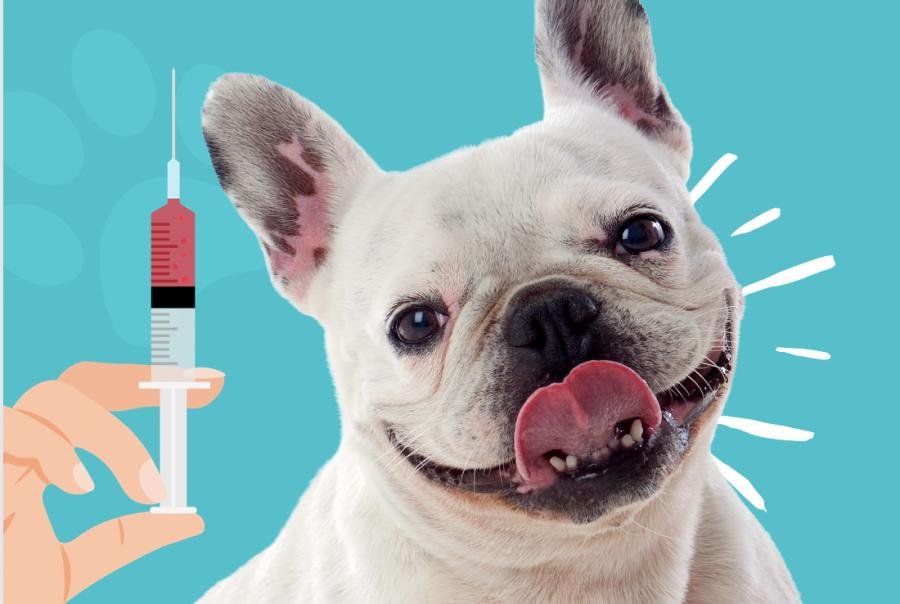The Ethical Dilemma of Animal Testing
September 16, 2022
Ever since I was little, I’ve loved animals, and I also knew the pains they’ve endured because of us. It shocked me to hear someone say they thought animal testing was just people putting makeup on dogs, rabbits, and monkeys. Technically, animal testing is experimentation and research with the goal to cure diseases or protect humans from harmful products. Sounds ok, right? Well, here are some quick facts from DoSomething.org that may alter how you feel about this:
- Millions of animals are burned, crippled, and poisoned in US labs each year.
- 92% of experimental drugs that work on animals fail on humans.
- The United States is #3 of the top 10 animal testing countries.
If the numbers don’t move you, maybe the description of some of these experiments will. Before their deaths, some animals are forced to inhale toxic fumes, others are in restraint devices for long periods of time, some suffer burns or broken bones, and others even have holes drilled into their heads. Aside from the actual experiments, they’re stuck into and isolated in cages and being deprived of their natural environment. They are being treated as just another piece of disposable lab equipment.
Even man’s best friend can fall victim to these experiments. The Humane Society shared this fact from the USDA: “On average, more than 60,000 dogs are used in experiments each year.” Some laboratories purchase these test subjects from animal shelters to use for these often deadly experiments. Dogs are favored for toxicology studies and are forced to endure large doses into their bodies, slowly poisoning them.
Many of these tests are also a waste of time. In an article published by the journal of the American Medical Association, researchers found that medical treatments developed in animals rarely translated to humans and warned patients. “They should remain cautious.” The diseases artificially made and cured in labs in animals rarely ever replicate natural human diseases or cures. For example, the former National Cancer Institute Director Dr. Richard Klausner stated that curing cancer in mice wouldn’t necessarily cure cancer in humans.
Why test on animals when there are other options? In the National Library of Medicine, Jharna Mandal and Subhash Chandra Parija shared their views: “Furthermore, it is well-understood that clinical trials, the use of human volunteers, case studies, autopsy reports, and statistical analyses, as well as the use of actual environmental factors related to human disease, permit far more accurate observation than is possible with animals who are confined to laboratories.”
They may spend years in cages; they may never see outside or live normal animal lives. Study and learn about what actually happens with animal testing, and you might rethink some of your purchases. It might just be you who can save an animal’s life.












